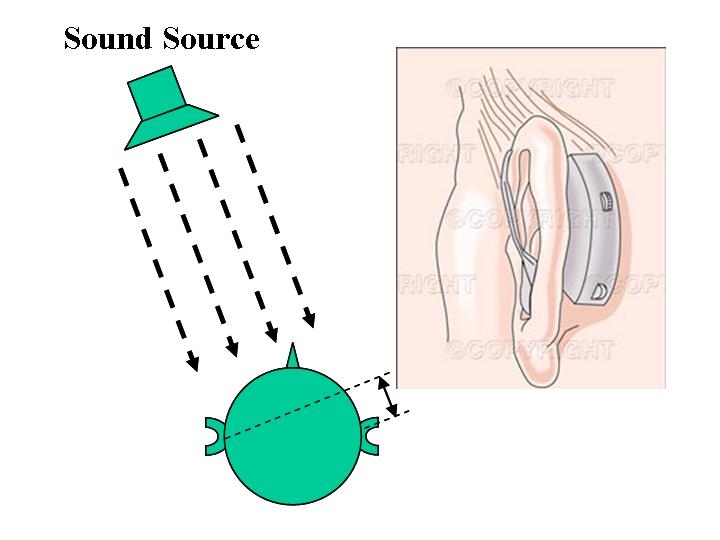Recovery from Binaural Adaptation in Sensorineural Hearing Impairment (ITD Jitter HI)
Objective
Normal hearing (NH) listener sensitivity to interaural time differences (ITD) in the envelope of high-frequency carriers is limited with respect to the envelope modulation rate. Increasing the envelope rate reduces the sensitivity, an effect that has been termed binaural adaptation (Hafter and Dye, 1983). In other studies (Laback and Majdak, 2008; Goupell et al., 2008), it has been shown that introducing binaural jitter improves ITD sensitivity at higher rates in bilateral cochlear implant (CI) listeners as well as in NH listeners. The results were interpreted in terms of a recovery from binaural adaptation. Sensorineural hearing impairment often results in reduced ITD sensitivity (e.g. Hawkins and Wightman, 1980). The present study investigates if a similar recovery from binaural adaptation, and thus an improvement in ITD sensitivity, can be achieved in hearing impaired listeners.
Method and Results
Bandpass-filtered clicks (4 kHz) with pulse rates of 400 and 600 pulses per second (pps) are used. Different amounts of jitter (the minimum representing the periodic condition) and different ITDs are tested. Listeners with a moderate cochlear hearing loss are selected. Additional stimuli tested are bandpass-filtered noise bands at 4 kHz and low-frequency stimuli at 500 Hz (sinusoids, SAMs, noise bands and jittered pulse trains). The levels of the stimuli are adjusted in pretests to achieve a centered auditory image at a comfortable loudness.
Data collected so far show improvements in ITD sensitivity in some individuals but not in others.
Application
The results may lead to the design of a new hearing aid processing algorithm that attempts to improve ITD sensitivity.
Funding
Internal
